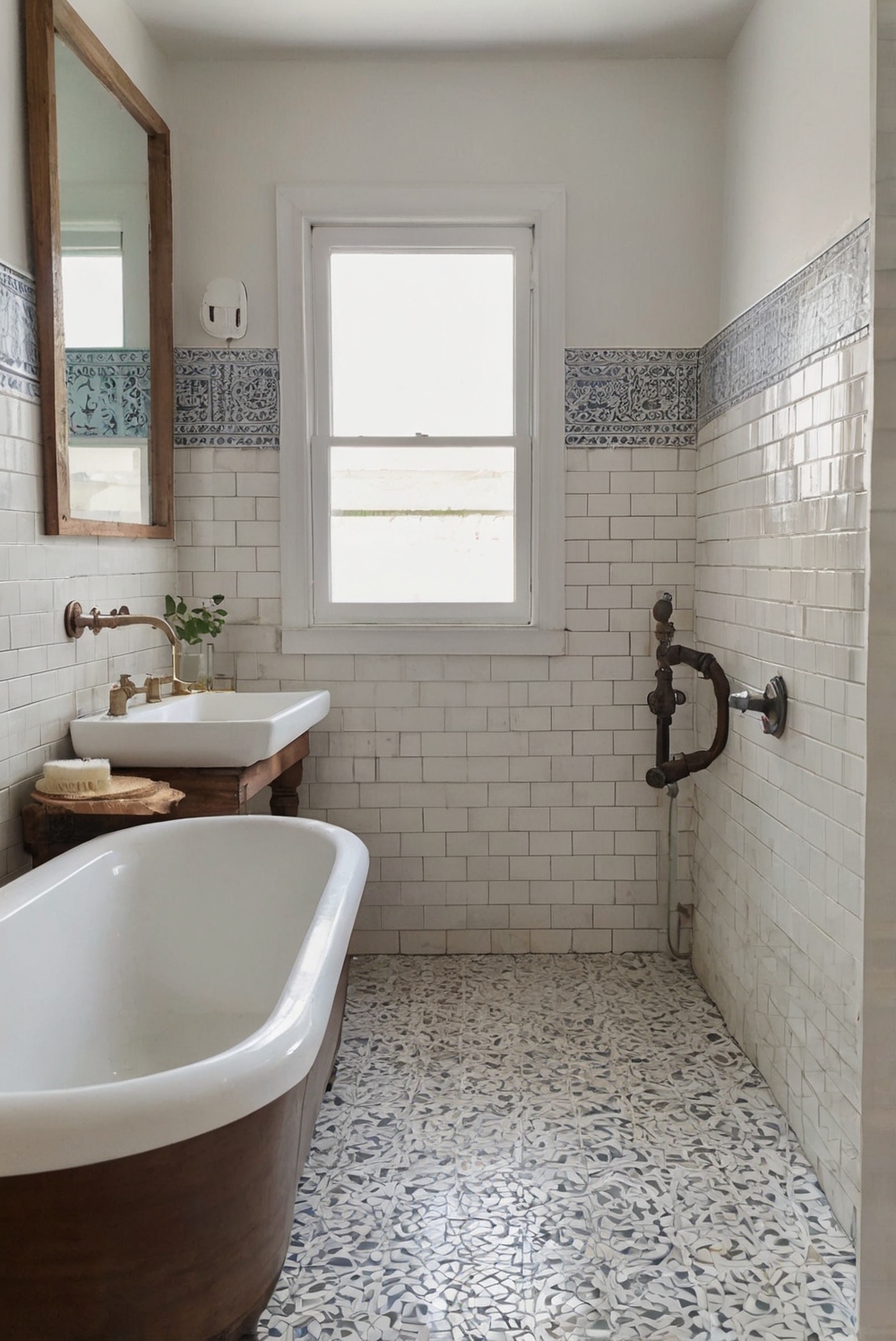Are you wondering if it’s time to overlay existing tiles in your bathroom? Read on to discover the daily routine of an interior designer and their tips for transforming your space.
When considering overlaying existing tiles in your bathroom, there are a few key factors to keep in mind. Firstly, assess the condition of the current tiles; if they are structurally sound and there are no major issues like water damage, overlaying can be a cost-effective option. Additionally, if you are looking to update the look of your bathroom without a full renovation, overlaying can provide a quick and easy solution. However, it is important to note that overlaying may add height to your flooring, so be sure to consider this when planning. Always consult with a professional to ensure the best results for your home decor interior design.
When should I consider overlaying existing tiles in my bathroom?
If your existing tiles are in good condition and you want to update the look of your bathroom without the hassle of removing the tiles, overlaying can be a good option.
If you are on a budget and looking for a cost-effective way to refresh your bathroom, overlaying existing tiles can save you money compared to a full tile replacement.
When you want to save time on a bathroom renovation project, overlaying existing tiles is a quicker process than removing and replacing tiles.
What are the benefits of overlaying existing tiles in a bathroom?
Overlaying existing tiles can save you money as you won’t have to pay for the labor and materials associated with tile removal. It also reduces the mess and disruption to your home during the renovation process.
Overlaying can give your bathroom a fresh, updated look without the need for a full renovation. It allows you to change the style and color of your tiles without the expense of completely replacing them.
What are the considerations before overlaying existing tiles in a bathroom?
It is important to assess the condition of your existing tiles before deciding to overlay them. If there are any structural issues or damage to the tiles, overlaying may not be a suitable option.
Consider the height of the overlay tiles and how they will align with other elements in your bathroom such as the vanity, fixtures, and trim. Ensure that the overlay tiles will not create any uneven surfaces or gaps.
What are the steps involved in overlaying existing tiles in a bathroom?
1. Clean and prepare the existing tiles by removing any dirt, grime, or residue. Ensure the surface is smooth and free of any loose tiles or debris.
2. Apply a bonding agent or primer to the existing tiles to ensure proper adhesion of the overlay tiles.
3. Measure and cut the overlay tiles to fit the space, ensuring they align properly with existing features in the bathroom.
4. Apply thin-set mortar to the existing tiles and press the overlay tiles into place, ensuring they are level and secure.
5. Allow the mortar to dry completely before grouting the tiles to fill in the gaps and create a seamless finish.
What are the maintenance tips for overlaying existing tiles in a bathroom?
To keep your overlay tiles looking their best, regularly clean them with a mild detergent and water to remove any dirt or grime. Avoid using harsh chemicals or abrasive cleaners that can damage the tiles.
Inspect the grout lines periodically and reapply grout sealant as needed to prevent moisture from seeping into the tiles and causing damage.
By considering these factors and following the proper steps, you can successfully overlay existing tiles in your bathroom to achieve a refreshed and updated look.

